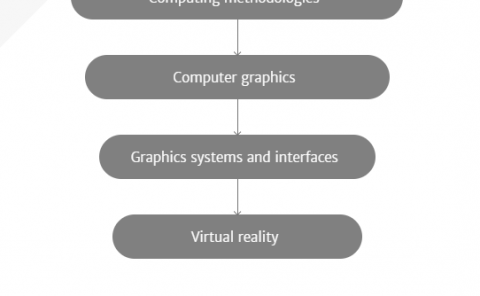Performance Analysis of 6G Multiuser Massive MIMO-OFDM THz Wireless Systems with Hybrid Beamforming under Intercarrier Interference
Date:Jan 2024
Teams:Bangladesh University of Engineering and Technology
Writers:Md Saheed Ullah, Zulqarnain Bin Ashraf, Sudipta Chandra Sarker
Abstract
6G networks are expected to provide more diverse capabilities than their predecessors and are likely to support applications beyond current mobile applications, such as virtual and augmented reality (VR/AR), AI, and the Internet of Things (IoT). In contrast to typical multiple-input multiple-output (MIMO) systems, THz MIMO precoding cannot be conducted totally at baseband using digital precoders due to the restricted number of signal mixers and analog-to-digital converters that can be supported due to their cost and power consumption. In this thesis, we analyzed the performance of multiuser massive MIMO-OFDM THz wireless systems with hybrid beamforming. Carrier frequency offset (CFO) is one of the most well-known disturbances for OFDM. For practicality, we accounted for CFO, which results in Intercarrier Interference. Incorporating the combined impact of molecular absorption, high sparsity, and multi-path fading, we analyzed a three-dimensional wideband THz channel and the carrier frequency offset in multi-carrier systems. With this model, we first presented a two-stage wideband hybrid beamforming technique comprising Riemannian manifolds optimization for analog beamforming and then a zero-forcing (ZF) approach for digital beamforming. We adjusted the objective function to reduce complexity, and instead of maximizing the bit rate, we determined parameters by minimizing interference. Numerical results demonstrate the significance of considering ICI for practical implementation for the THz system. We demonstrated how our change in problem formulation minimizes latency without compromising results. We also evaluated spectral efficiency by varying the number of RF chains and antennas. The spectral efficiency grows as the number of RF chains and antennas increases, but the spectral efficiency of antennas declines when the number of users increases.



